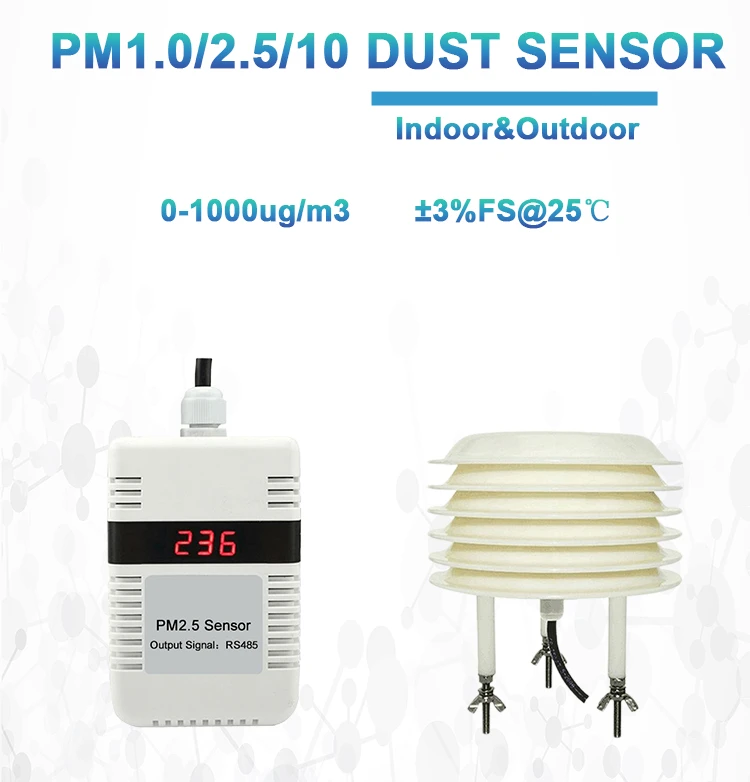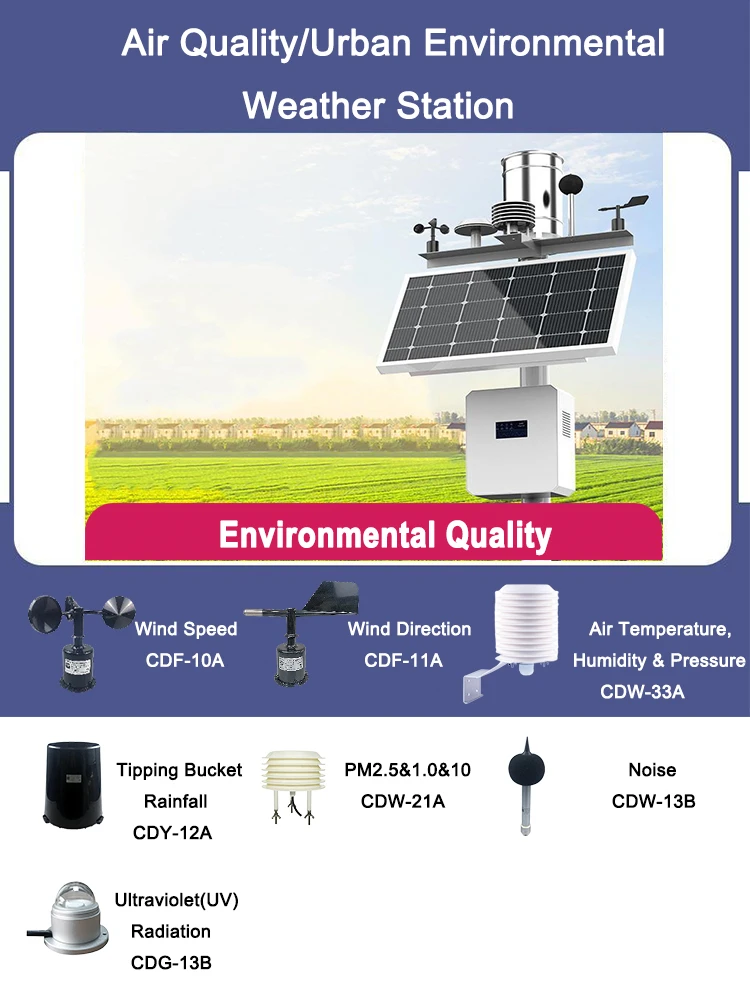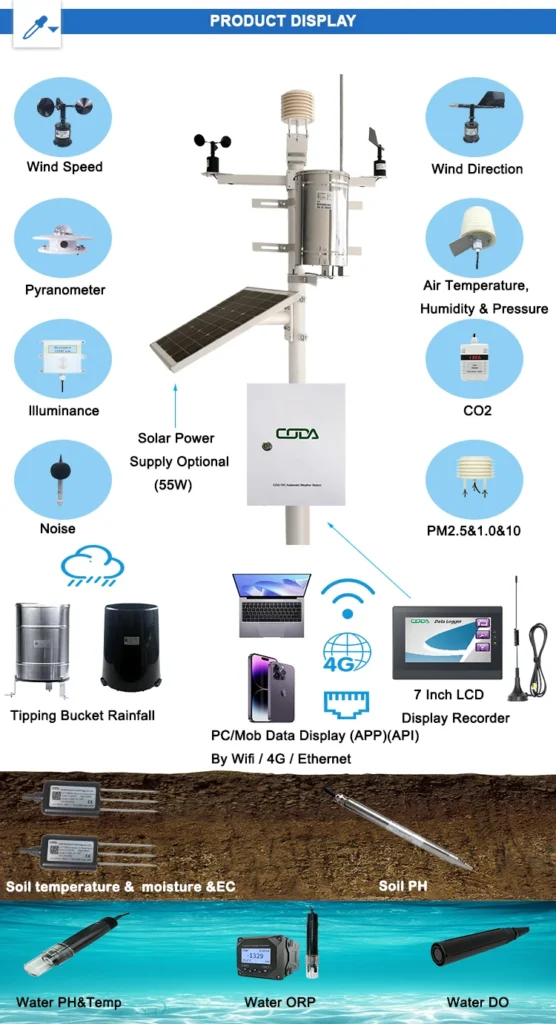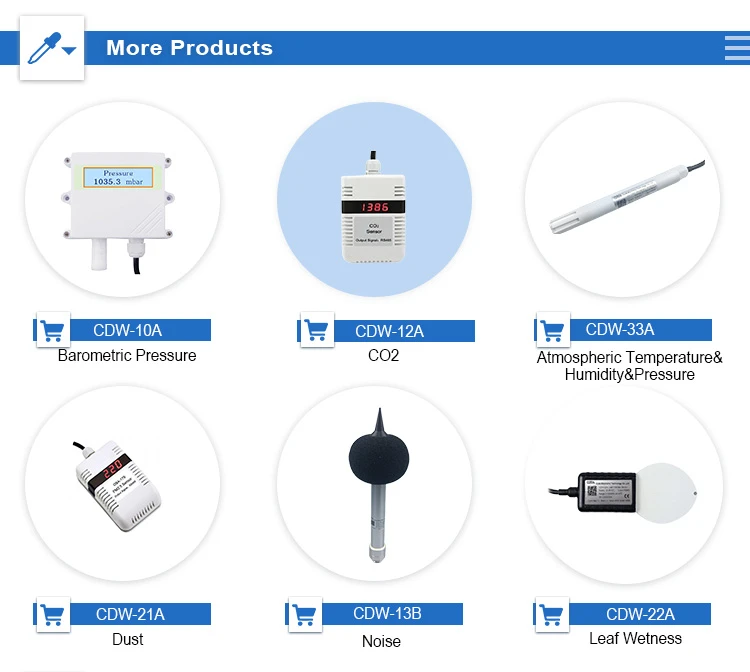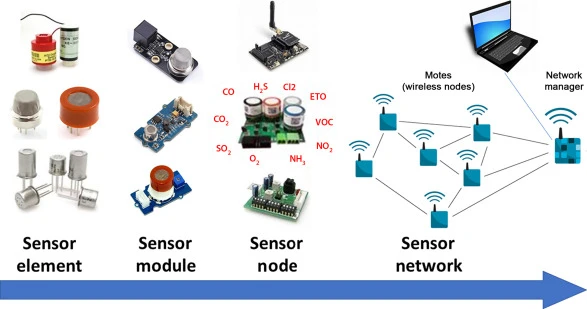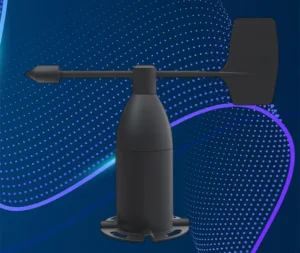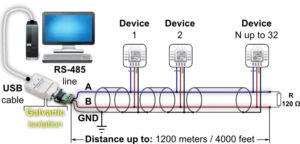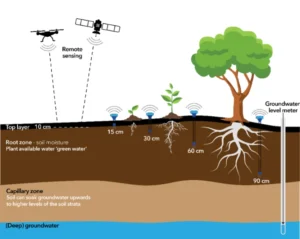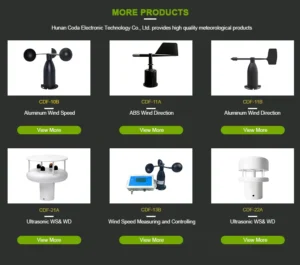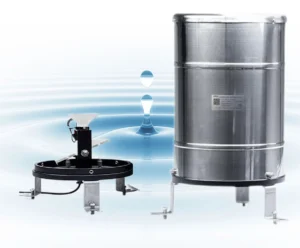what do air quality sensors measure
Keeping track of air quality is important for protecting public health and the environment. Bad air quality can hurt our lungs, heart, and health. Tracking air quality helps find pollutants and where they come from.
This helps lawmakers, doctors, and the public. They can take action to reduce exposure and lower health risks. Air quality sensors check for pollutants and other environmental factors.
These include dust, gases, and volatile organic compounds, also known as VOCs. They also include temperature and humidity. They are useful tools for this purpose.
These devices use advanced detection technologies. They include methods like electrochemical, optical, and spectroscopic. These methods give accurate measurements of pollutants.
New sensor technology has led to small, affordable, and portable solutions. These tools help check air quality in real time in different places.
This article will look at air quality sensors. It will focus on how they work, their uses, benefits, and drawbacks. This discussion covers the different types of sensors. It also shows how to install them and how to take care of them.
It also shows how people use these sensors in homes, businesses, and to check the environment. These tools play a key role in tackling air pollution issues.
A Comprehensive Guide to Air Quality Sensors: Types and Mechanisms
Air quality sensors are made to find and measure certain pollutants or conditions in the air. Common types include PM sensors, gas sensors, VOC sensors, and environmental sensors.
PM sensors measure the number of particles in the air. Gas detectors find gases like carbon monoxide, nitrogen dioxide, and ozone. VOC sensors look for organic compounds. Environmental sensors check things like air temperature, humidity, and pressure.
Significance of Air Pollution Detectors
Air pollution detectors are very important for protecting public health and improving the environment. By regularly tracking pollutants such as PM2.5, ozone, and nitrogen dioxide, these devices give quick data. This information is important for raising awareness about air quality issues.
This information helps people stay safe. For example, they can stay indoors when pollution levels are high. It also helps governments understand how to make plans to reduce pollution.
Long-term monitoring helps us see trends. It checks how well pollution control efforts work. It also supports the development of cleaner technology.
These devices help make our living spaces healthier. They help stop breathing problems and other health issues caused by poor air quality.
How Air Quality Sensors Work
Air quality sensors use various methods to find pollution. These methods include electrochemical, optical, and spectroscopic techniques. Electrochemical sensors measure gas levels.
They do this by detecting changes in electrical current. This occurs when certain gases come into contact with the sensor electrodes.
Optical sensors measure pollutant levels by looking at how light scatters or is absorbed. Spectroscopic methods analyze unique spectral signatures. This helps identify and measure specific gases.
These sensors often need calibration to remain accurate. However, factors like temperature changes, humidity, and sensitivity to different gases can also affect how well they work.
The Importance of Accuracy and Reliability in Monitoring
High accuracy and reliability are very important for getting trustworthy air quality measurements. Wrong readings can cause misunderstandings about conditions and lead to poor preventive actions. Factors that affect sensor accuracy include calibration drift, wear over time, and interference from the environment.
To keep measurements accurate, you should calibrate regularly. You also need to take care of the equipment and check the results closely. Choosing strong sensors with good parts can reduce errors. This makes data more trustworthy and helps us understand air quality more clearly.
Installation and Maintenance of Air Quality Sensors
Good air quality measurements rely heavily on how well sensors are set up. To get the best performance, follow these steps when you install.
1. **Choose the right location**: Find a site that truly shows the area you want. Make sure it is free of any obstacles that could block air flow.
2.**Secure mounting**: Place the sensor on a stable surface or pole. Make sure it is at the right height and direction, following the manufacturer’s instructions.
3. **Connect power and data cables**: Firmly attach the power and data cables to the sensor and data logger. Follow the manufacturer’s guidelines.
4. **Verify alignment**: Ensure the sensor is aligned as the manufacturer says for the best accuracy.
Importance of Calibration and Validation
Calibration and validation are crucial for keeping sensor measurements accurate and consistent. Calibration adjusts the sensor to match known reference values or standards. Validation checks how well it works compared to reference tools or official monitoring systems.
Regular calibration and validation help find and fix errors. This keeps the quality of the collected data high. Also, detailed records of calibration and validation are important for quality assurance.
Benefits and Limitations of Air Quality Sensors
Air quality sensors offer many benefits for tracking and managing air pollution. Some key advantages are:
1. **Real-time insights**: Sensors give quick data on pollutants. This helps us respond fast to changes in air quality.
2.**Cost efficiency**: These sensors often cost less than regular monitoring systems. This makes it easier to use them in many locations.
3. **Portability**: Compact designs make them easy to carry. This helps with air quality checks in different places.
4. **Community empowerment**: These sensors provide easy monitoring tools. This helps communities push for better air quality policies.
5. **Data integration**: Researchers can use sensor data along with other environmental information. This helps them analyze carefully and make smart choices.
These sensors are useful tools. Their performance depends on correct installation and regular maintenance. They also need periodic calibration. This makes sure they give reliable results for checking air quality well.
Potential Limitations and Challenges:
Air quality sensors have many benefits, but they also have some limitations and challenges that users should know about.
1. Accuracy concerns: Sensors can provide unclear readings. This is especially true in tough conditions or when detecting low levels of pollutants.
2. Calibration needs: Keeping accurate measurements needs regular calibration. This process can take a lot of time and money.
3. Cross-sensitivity: Some sensors can find many types of pollutants. This can lead to measurement problems and make the data less accurate.
4.Many sensors can only find certain pollutants. This small range can affect how well they perform in various situations.
5. Understanding sensor data can be tricky. It involves challenges like sensor drift, calibration errors, and changes in the environment. This often needs special knowledge.
Strategies to Overcome Challenges and Maximize Benefits:
To make air quality sensors better and solve their issues, we can use these strategies:
1. Make sure to calibrate and maintain regularly. Set up a schedule to keep sensors accurate and reliable.
2. Check measurements: Compare sensor outputs with data from reference instruments or official monitoring stations. This helps ensure accuracy and reliability.
3. Focus on quality assurance. Follow the best ways to install, operate, and handle data. This will help lower mistakes and make data better.
4. Focus on checking and analyzing data. Use statistical methods and strong quality control to understand sensor readings correctly.
5. Place several sensors in a network. This will improve coverage and help current monitoring systems.
By tackling these challenges directly with careful actions, users can use air quality sensors. This helps them check and reduce pollution levels, creating healthier communities.
Conclusion:
Air quality sensors are key tools in protecting public health and the environment. By giving real-time information about pollutant levels, they help people, communities, and policymakers understand conditions. This allows them to take steps to reduce health risks from air pollution.
We encourage individuals and groups to use tools for monitoring air quality. This will help make healthier places for everyone. Keeping an eye on air quality and cutting down pollution can help our breathing health. This can reduce chronic illness rates and improve well-being for people now and in the future.
Looking ahead, the focus must remain on innovation in air quality monitoring. Investing more in research and development will improve data accuracy. It will also improve monitoring skills and offer new solutions for environmental issues. Together, we can pave the way for a cleaner, healthier, and more sustainable world.
